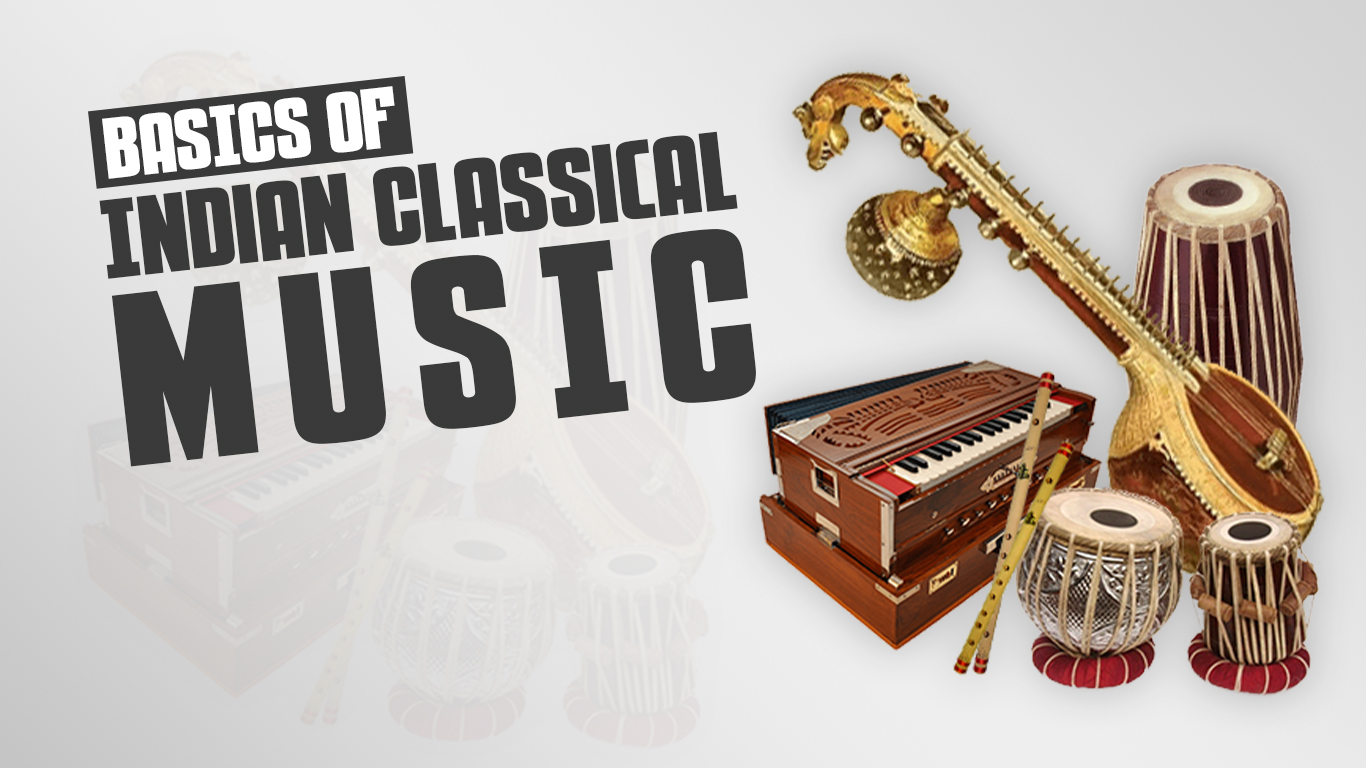Basics of Indian Classical Music
- June 01, 2022
- by
- admin
What is Indian classical music? Or, in what way is it different from Bollywood music? Well, if you have started to fall in love with music lately, then follow the remainder of this post to get an overview of classical music.
What Is Indian Classical Music?
Do you want to learn Indian classical music? For that, you will need to know what this music is all about.
The origin of classical music dates back to the Vedic scripts. It’s generally acknowledged that the Sama Veda forms the basis of Indian classical music. The Vedas used to contain Vedic hymns and mantras that were chanted during Vedic rituals with the help of three to seven notes. While chanting the hymns a musical rhythm developed.
Classical music is connected to Nature. It’s because it has taken inspiration from natural phenomena, like seasons for creating ‘ragas’ and times of the days for time-cycles or ‘taals’.
Basics
Music usually involves three elements – melody, cadence, and harmony. But for classical music, its spiritual nature makes it a single pursuit that centers mostly around melodic development.
If you want to learn Indian classical music, you must learn the basic concepts of Indian music. It includes swara, shruti, alankar, raga, and taal.
Swara (Notes): Indian music consists of seven musical notes: Sa, Re, Ga, Ma, Pa, Dha, and Ni.
Raga (Melodies): It constitutes the musical mood with distinct melodic phrases and twists to bring out emotion.
Taal (Rhythm Pattern): It tries to define the musical meter via the rhythmic beat. The most common beat cycles are 8, 12, 16, or 14 beats.
Aalaap: It’s an improvisational display of the raag, usually done before the performance.
Saptak: Classical music uses three main Saptak.
Alankar(Ornamentation): Indian music scale gets punctuated by ornamentation. They get fixed either by a particular raga or from the inspiration of musicians.
Shruti (Microtones): In classical music, there are 22-octave intervals. The intervals are less than a semitone.
Traditions Of Classical Music
It’s crucial to understand that there are two distinct traditions of Classical music. The Hindustani (North India) and the Carnatic (South India) traditions. Both these traditions differ in style and approach; although, they might sound similar to the uninitiated ear.
Well, music academy like KKALA is gaining recognition for teaching Hindustani Classical, as well as Sufi songs.
Right Way to Learn
Indian Classical music is usually passed down orally. Generally, a student needs to spend many years with their musical guru to develop this music and even imbibe the various aspects of classical music. In the many years of training, a spiritual bond grows between the guru and the student that reflects the philosophical beliefs and musical experience of the student.
Nowadays, one can learn Hindustani classical music from leading music academies and institutions or simply by following the music videos and tutorials. However, the guidance of an adept music teacher like Kailash Kher is still regarded as the best method to learn classical music. Any performance of classical music will reflect the heights of musical creativity achieved by individuals through decades of training, practice, and discipline.




